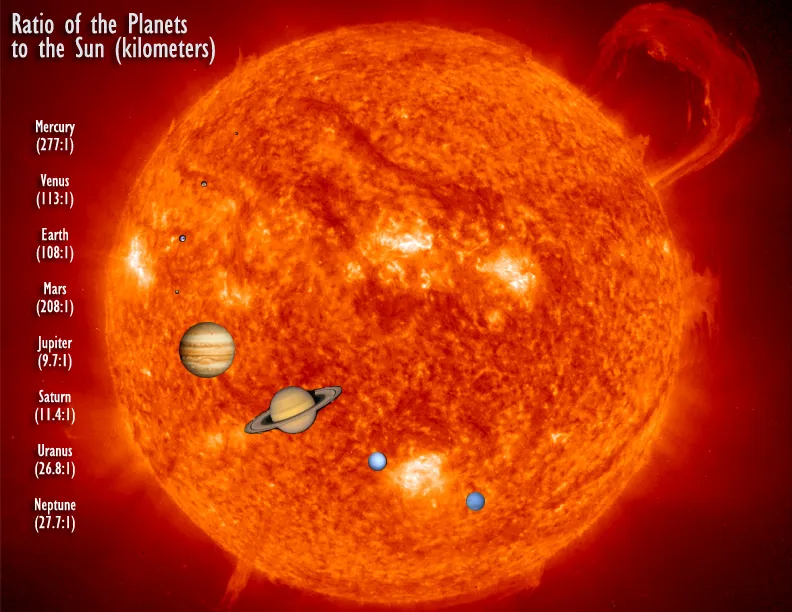
Our Sun
Are we in danger of losing the nearest star in our galaxy, our Sun?
The moment a piece of the sun’s northern pole breaks off has been captured
by NASA in a never-before-seen event that has baffled scientists. A video shows a
giant filament of plasma, or electrified gas, shooting out from the sun, separating and
then circulating in a ‘massive polar vortex.’
While astronomers are baffled, they speculate the prominence has something to
do with the reversal of the sun’s magnetic field that happens once every solar cycle.
The video was shared on Twitter by space weather forecaster Tamitha Skov, who
said the clip was taken by NASA’s Solar Dynamics Observatory.
‘Talk about polar vortex! Material from a northern prominence just broke away
from the main filament & is now circulating in a massive polar vortex around the
north pole of our star,’ Skov shared in the tweet.

NASA describes solar filaments as clouds of charged particles
NASA describes solar filaments as clouds of charged particles that float above the
sun, tethered to it by magnetic forces. These appear as elongated, uneven strands
that shoot out from the sun’s surface.
The prominence mentioned by Skov, appears precisely at the 55-degree latitude
around the sun’s polar crowns every 11 years.
Solar physicist Scott McIntosh, the deputy director at the National Center for
Atmospheric Research in Boulder, Colorado, told Space.com: ‘Once every solar
cycle, it forms at the 55-degree latitude and it starts to march up to the solar poles.
‘It’s very curious. There is a big ‘why’ question around it. Why does it only move
toward the pole one time and then disappears and then comes back, magically, three
or four years later in exactly the same region?’
While astronomers have previously observed filaments breaking away from the sun,
this is the first time one has circulated the region in a whirlwind.
The road to its demise begins around 10 to 11 billion years of age when it rapidly
increases in size. From here, the sun races to its death and finishes as a cool, dim
white dwarf – the hot, dense core of a dead star. Currently, the sun is deemed
‘middle-aged’ and stable as it fuses hydrogen into helium.
Will the nearest star that shines life on our planet dim off one day?
Did you know we have 5000 other planets?




